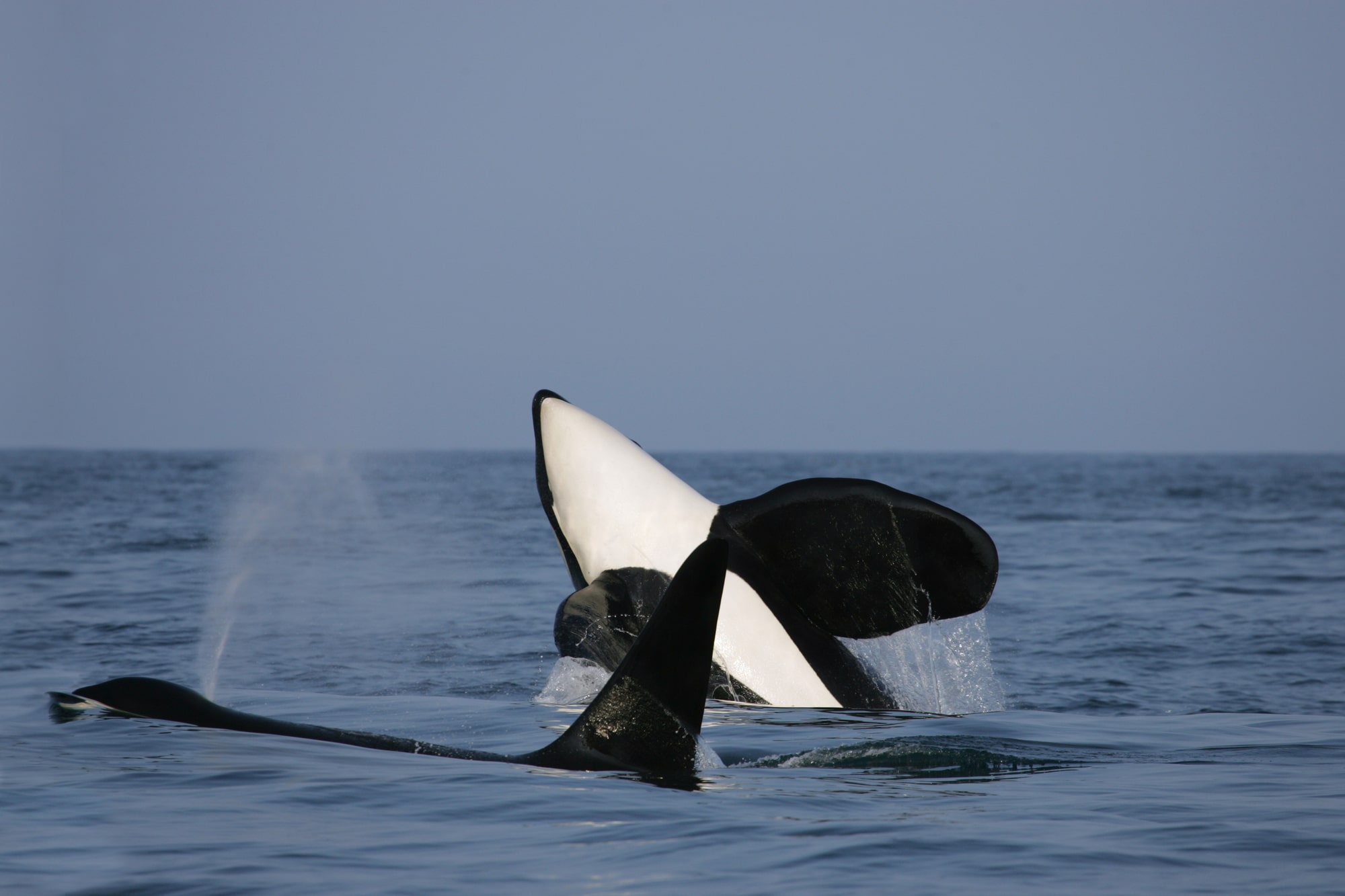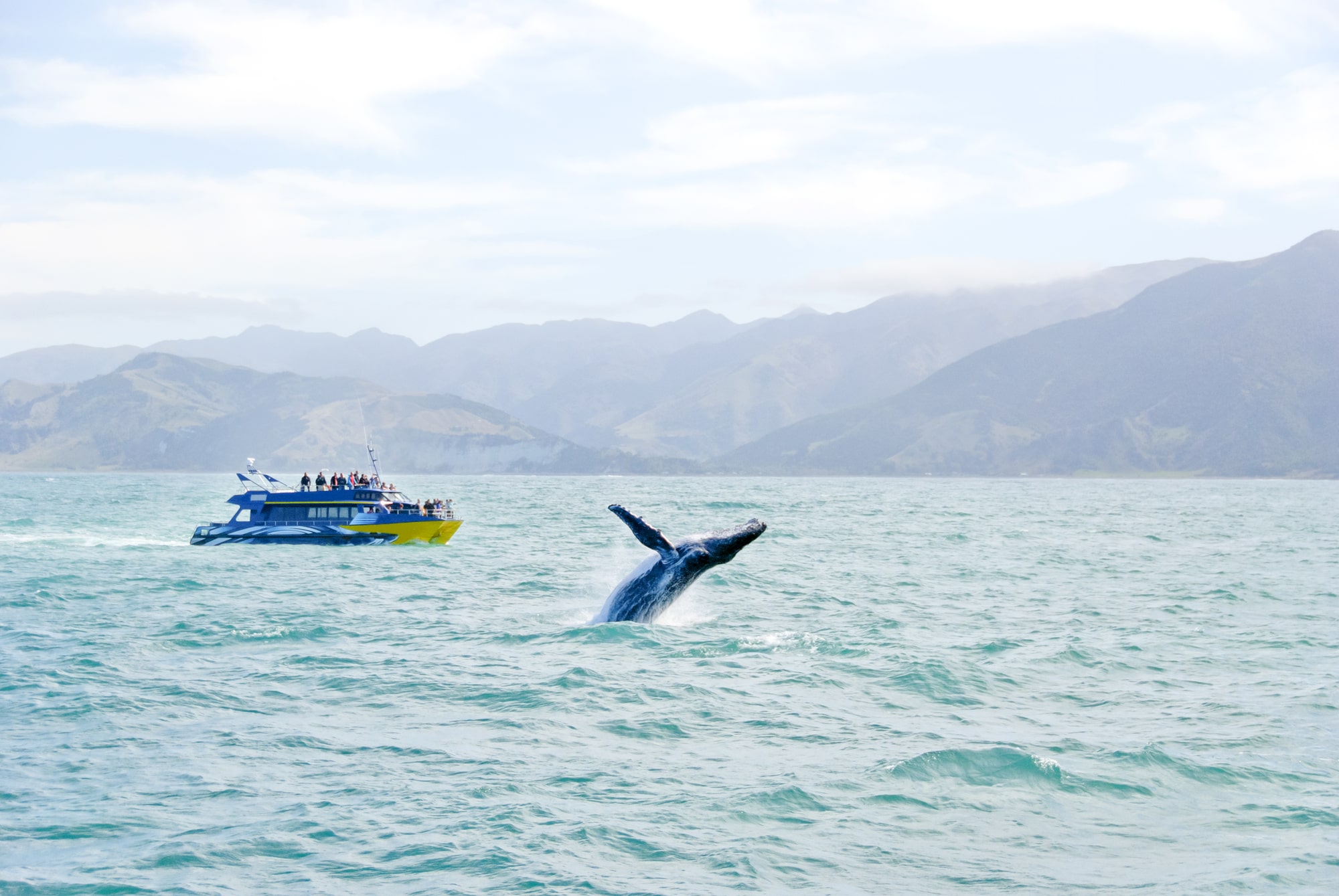Best Whale Watching Seasons in Kaikoura
When is the best time to go whale watching in Kaikoura? This is a common question for nature enthusiasts and tourists alike who are eager to experience the unique opportunity to view a variety of whale species in their natural habitat. In this article, we will explore the seasonal variations in whale behavior and migration patterns, and help you determine the best months for viewing different species of whales in Kaikoura.
Whether you’re a seasoned whale watcher or just curious about these magnificent creatures, understanding the best time to go whale watching can greatly enhance your experience.
The best time to see whales in Kaikoura is year-round. Sperm whales are consistently visible, while Humpback whales and Southern right whales are best observed from June to July and June to August, respectively. Orcas can be spotted throughout the year, and Dusky dolphins and Hector’s dolphins frequent the area year-round.
| Species | Peak time of year to observe |
|---|---|
| Sperm whale (Physeter microcephalus) | Year-round |
| Humpback whale (Megaptera novaeangliae) | June-July |
| Southern right whale (Eubalaena australis) | June-Aug |
| Killer whale (Orcinus orca) | Year-round |
| Dusky dolphin (Lagenorhynchus obscurus) | Year-round, June-Aug |
| Hector’s dolphin (Cephalorhynchus hectori) | Year-round |

Are you planning your trip to Kaikoura last minute?
If you’re booking your trip to Kaikoura last minute, I have you covered. Below are some of the top tours, accommodations, and more!
🐳 Best whale tours and activities in Kaikoura:
- Whale Watch Kaikoura (Most popular eco-tour in Kaikoura!)
- Wings over Whales (Eco-certified whale tours by plane)
- Kayak with Seals and Dolphins (Up-close and personal experience)
🚍 If you’re staying in Christchurch, why not join our day trip whale tour in Kaikoura? It includes transport for a convenient and unforgettable experience!
Whale Watching Seasons Explained

Whale behavior
So, what determines a good whale watching season? Well, it all comes down to animal behavior. You see, the behavior of whales is largely influenced by the changing seasons, which affects their migration patterns and food sources.
This can have a significant impact on your whale watching experience, as different seasons offer unique opportunities for observing different behaviors and whale species.
During the winter months, many whale species move closer to the coast in search of food. They feed on an abundance of krill and other small prey, which are more abundant in the shallower waters near the coast. This provides an excellent opportunity for close-up viewing, as the whales are more active and easier to spot.
As they feed, they tend to be more social, and you may observe surface-active behaviors such as breaching, tail slapping, and spy-hopping.
In contrast, during the summer months, whales are more likely to be found in deeper waters, away from the coast. This is because their food sources, such as krill, are more widely dispersed and difficult to find in shallow waters.
As a result, the whales can be a bit less active and visible during these months, and your chances of observing surface-active behaviors are less compared to the winter months.
However, the summer months also offer an opportunity to observe other behaviors, such as singing, mating, and calving. This is especially true for humpback whales, which are known for their complex songs and courtship displays. If you’re interested in observing these behaviors, then the summer months may be the best time for you to go whale watching in Kaikoura.
Whale Migrations
Whale migration is a complex and fascinating phenomenon that has been the subject of much scientific study. Whales are among the largest and most magnificent creatures on earth, and their migration patterns play a crucial role in their survival and reproduction. Understanding these patterns is essential for those interested in whale watching, as well as for the conservation of these magnificent animals.
Types of Whale Migration
Whale migration can be divided into two main types: seasonal and inter-oceanic. Seasonal migration refers to the annual movements of whales from one area to another, usually in response to changing food sources or breeding patterns. Inter-oceanic migration refers to the long-distance journeys that some species of whales undertake between their summer feeding grounds and winter breeding grounds.
Factors Driving Whale Migration
There are several key factors that drive the migration patterns of whales, including changes in water temperature, food availability, and breeding behavior. For example, whales that feed on krill or other small crustaceans will migrate to areas where these food sources are abundant, while whales that feed on larger prey, such as fish or squid, may not migrate as far or as frequently.
Breeding behavior also plays a crucial role in the migration patterns of whales. Some species, such as the humpback whale, will migrate to specific breeding grounds each year to mate and give birth.
These migrations can be driven by a combination of environmental cues, such as changes in water temperature or the timing of seasonal food availability, as well as social and behavioral factors, such as the need to establish mating territories or to form social bonds with other whales.
The Importance of Understanding Whale Migration Patterns
Understanding the migration patterns of whales is important for several reasons. Firstly, it helps us to better appreciate the incredible journey that these magnificent creatures undertake each year. It also provides important information for conservation efforts, as it helps us to identify key habitats that are critical for the survival of specific whale species.
In addition, understanding the migration patterns of whales is essential for those who are interested in whale watching. By knowing when and where different species of whales can be found, it is possible to plan a whale watching trip at the best time to see these magnificent creatures in their natural habitat.
